The 19th century in Italy is represented by a series of works illustrating how the passage from the 18th century – here exemplified by a work of the great sculptor Antonio Canova – led to an art form that sought to create a deep relationship with the reality of objects and of human experience. The first major effects of the new artistic language became apparent between the 1930s and 1950s.
“Realism” invaded every field of art in Europe. In Italy, the movement acquired specific characteristics that shaped figurative art from the mid-19th century onwards.
Central to this development was the fundamental, though not unique, experience of the Macchiaioli, a group of painters from Tuscany who adopted original solutions to the problem of achieving figurative representation that was not meticulously academic or minutely realistic. In brief, macchie (patches) were painted with bold, wide brushstrokes, building up essential shapes and allowing a freer, more direct and more emotionally responsive rendering.
The subjects that this language embraced were no longer the “official” ones – whether institutional or religious – but concrete, almost everyday themes: portraits; town scenes; soldiers in the Wars of Independence, caught not on parade but in hard, arduous or dramatic moments; interiors of ordinary homes; people at work. The themes and the methods of expression favoured by the Macchiaioli are exemplified by the work of the leading exponents of the movement, from Silvestro Lega to Giovanni Fattori and from Telemaco Signorini to Cristiano Banti.
Artists from other regions of Italy were also attracted by the “ideology of truth”, which they rendered differently from the manner of the Tuscan movement. Among them were Luigi Bertelli, from Bologna, who took inspiration from mid-19th-century French Realism, and Ippolito Caffi, from Belluno, one of the first to use photographs as an aid to pictorial composition.
The tour also takes in a painting by the great French Impressionist Claude Monet, not because the Macchiaioli in Italy and the Impressionists in France adopted the same form of expression, but because both movements, on different levels, generally agreed, intellectually and psychologically, as to the manner of “capturing” physical reality.
The process carried forward by the Macchiaioli and the other interpreters of art founded on the “ideology of truth” was truly innovative and it opened up new horizons for modern art in Italy.
Dal Neoclassicismo al “principio di verità”
From Neoclassicism to the “Ideology of Truth”
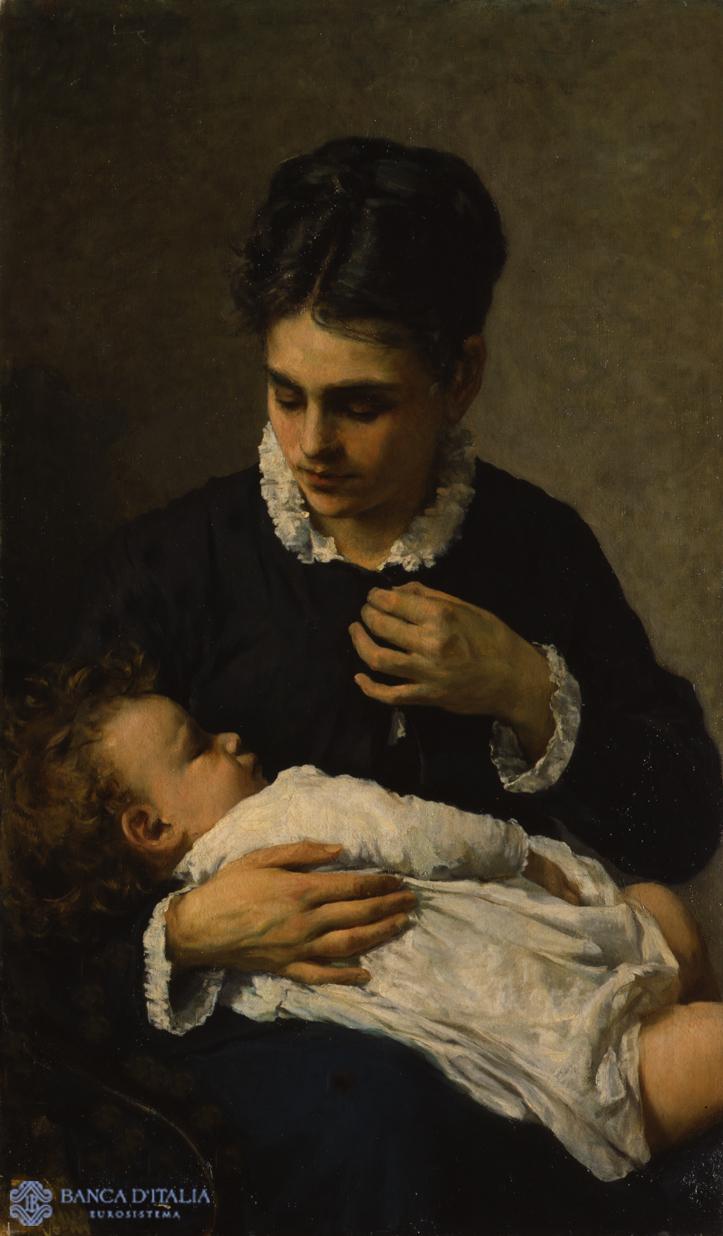
Works of art

Veduta dalla costa di Riomaggiore
Telemaco Signorini was one of the leading exponents in Florence of the Macchiaioli group of painters. His work is exemplified by the very fine painting Veduta dalla costa di Riomaggiore.
Painting
19th century AD
Landscape
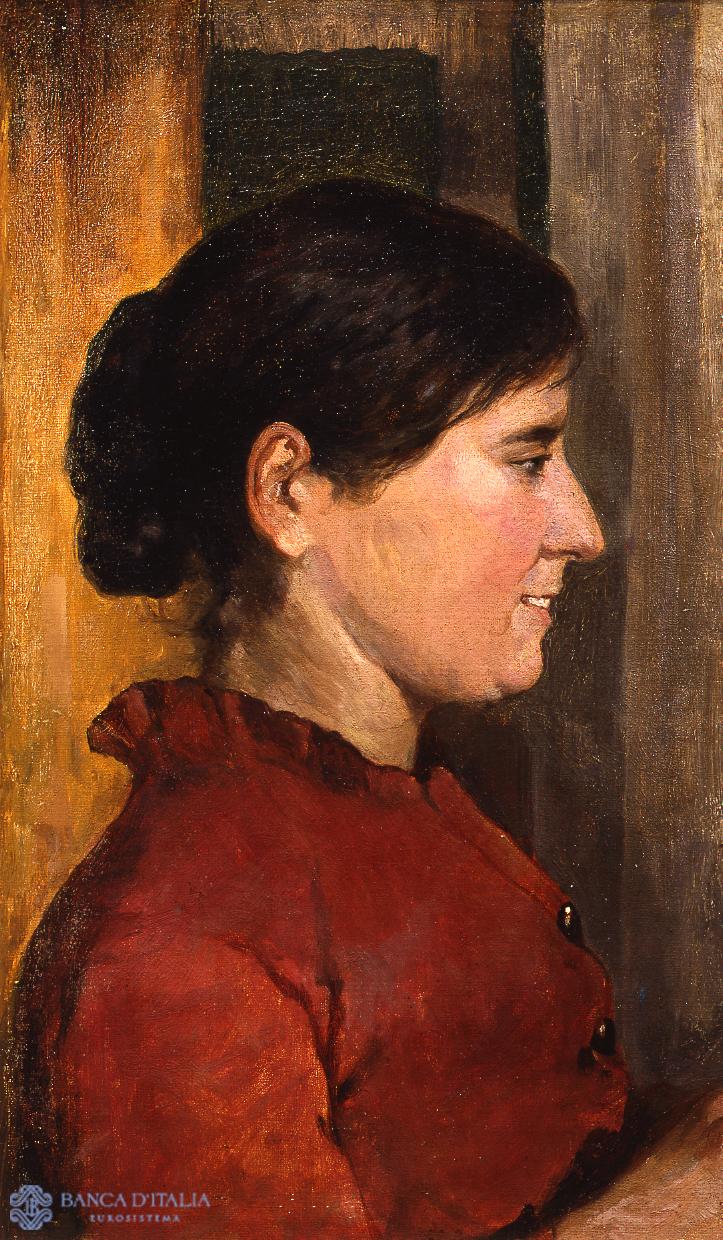
Profilo di donna
In Profilo di donna Fattori depicts a woman of the people in profile in a lightly sketched interior. The work is built up from dense masses, both strong and compact, that blend in the deep, dark tones of the hair and clothing, contrasting with the luminosity of the face.
Painting
19th century AD
Portrait
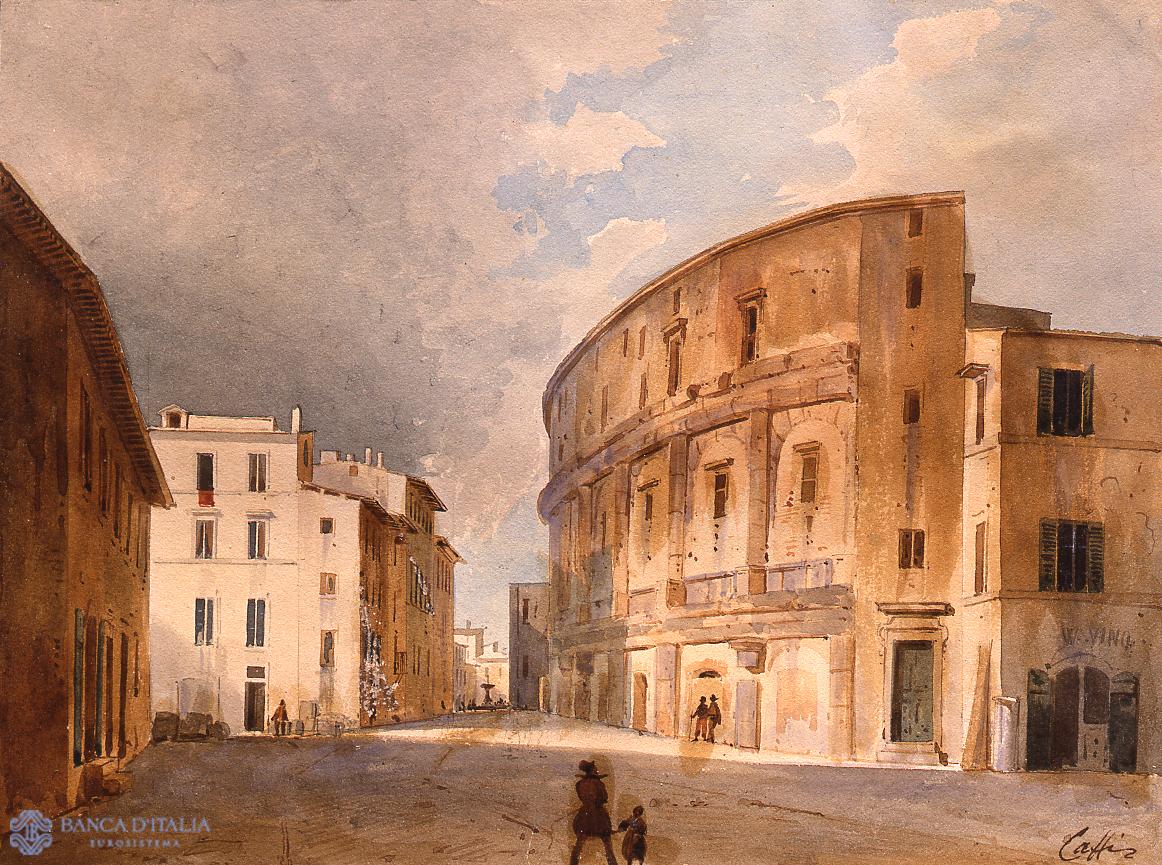
Piazza Campitelli a Roma
The way that Caffi approaches the landscape in this painting, Piazza Campitelli, reveals an important change with respect to traditional depictions of views. The location is not artificially arranged, as it were.
Painting
19th century AD
Landscape

Paesaggio toscano
The long, narrow rectangle of Cristiano Banti’s Paesaggio toscano depicts a strip of land that starts on the left-hand side of the painting and stretches towards the right. The land slowly fades as if swallowed by the landscape.
Painting
20th century AD
Landscape

Paesaggio con cacciatore
In Paesaggio con cacciatore (Landscape with Hunter), a wide plain stretches to the horizon and dark, vivid patches of dense shrubs contrast with a bright sky, into which two trees fan out their branches. A stream almost slices through the thick greenery, reflecting the clear sky.
Painting
19th century AD
Landscape
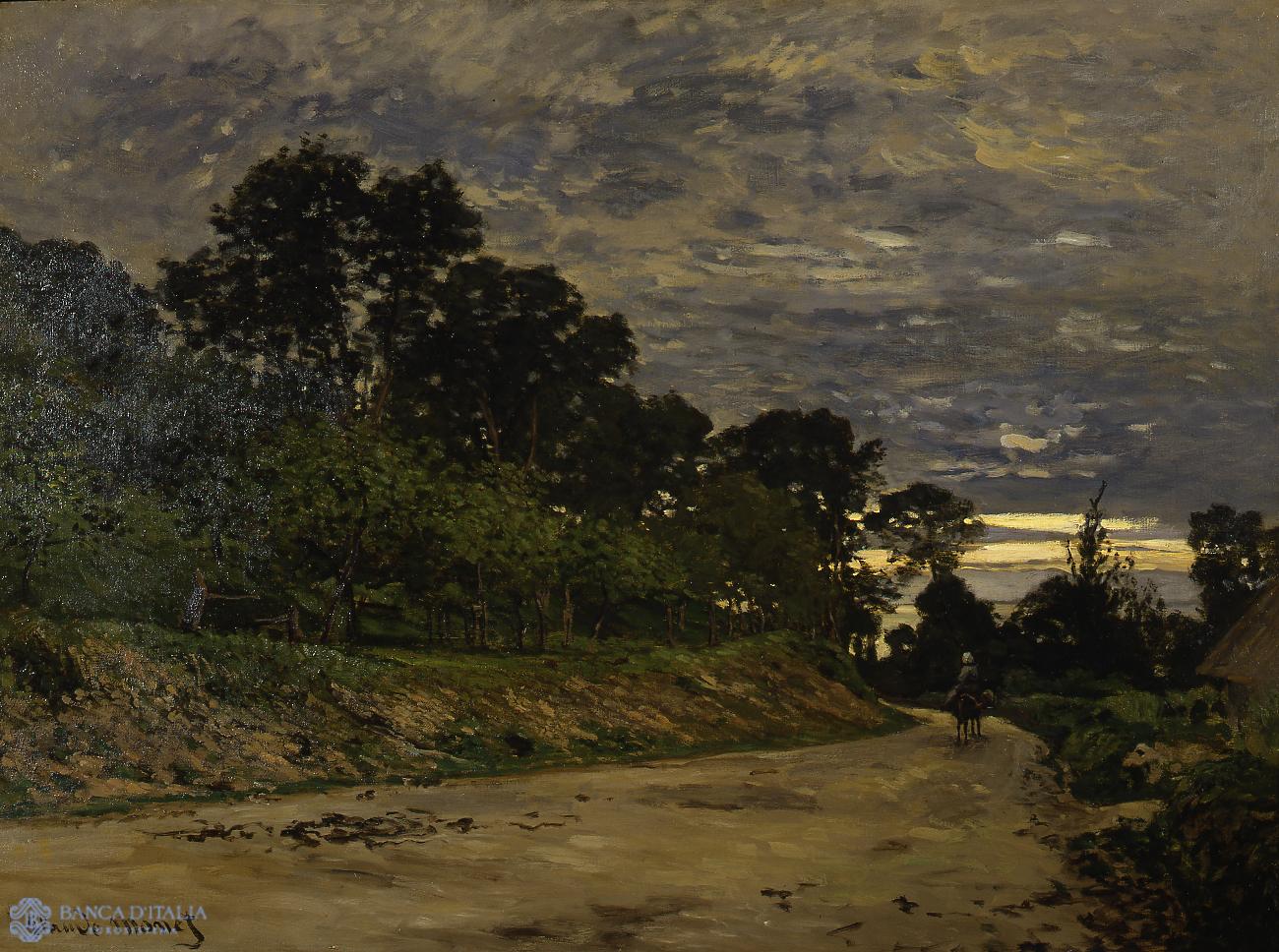
Paesaggio campestre al tramonto
Rural Landscape at Sunset is an enchanting work by the grand master of French Impressionism. The medium-size canvas rightly figures in the general catalogue of Monet’s works and its prestigious pedigree is well known; it has been in two internationally famous collections: first, the Bernheim and then the Tannhauser.
Painting
19th century AD
Landscape
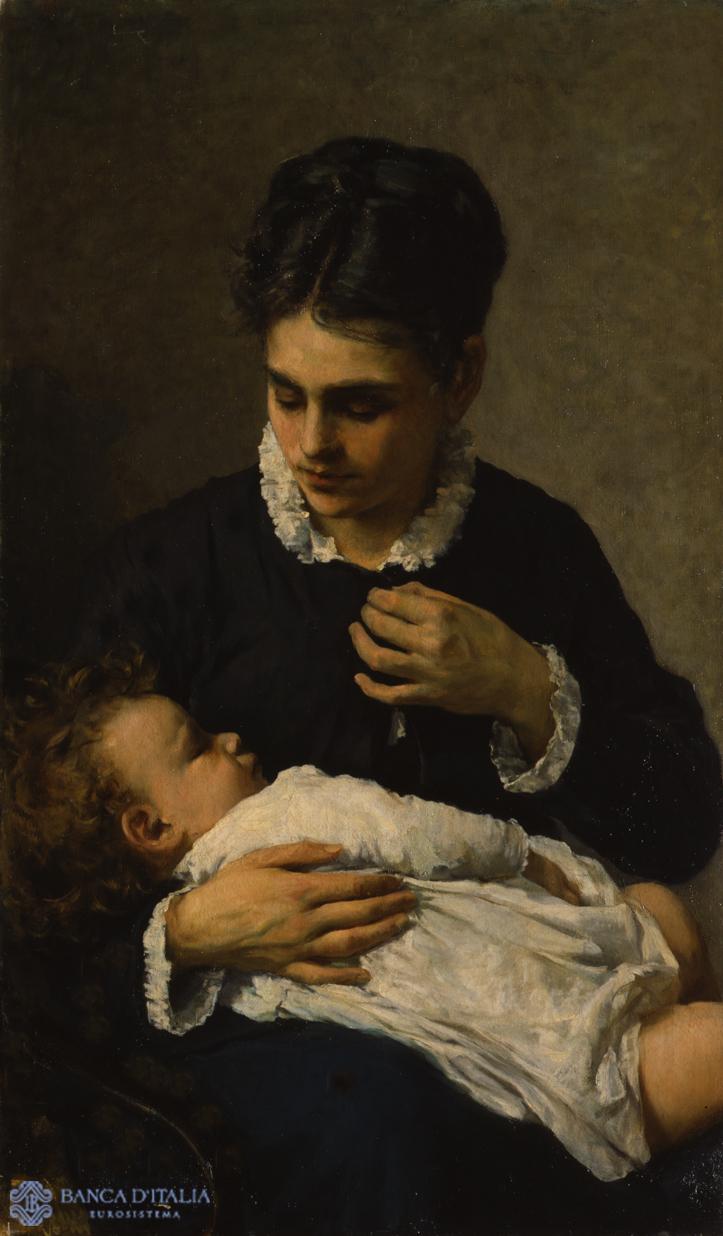
Maternità
Maternità, painted in 1881–1882, is one of Silvestro Lega’s most powerful works. The central focus is on the two crucial areas of the mother’s face and the child; the mother’s hands frame the space in which the scene – or event – takes place, the right hand firmly supporting the child and the left balancing it in the air.
Painting
19th century AD
Figurative
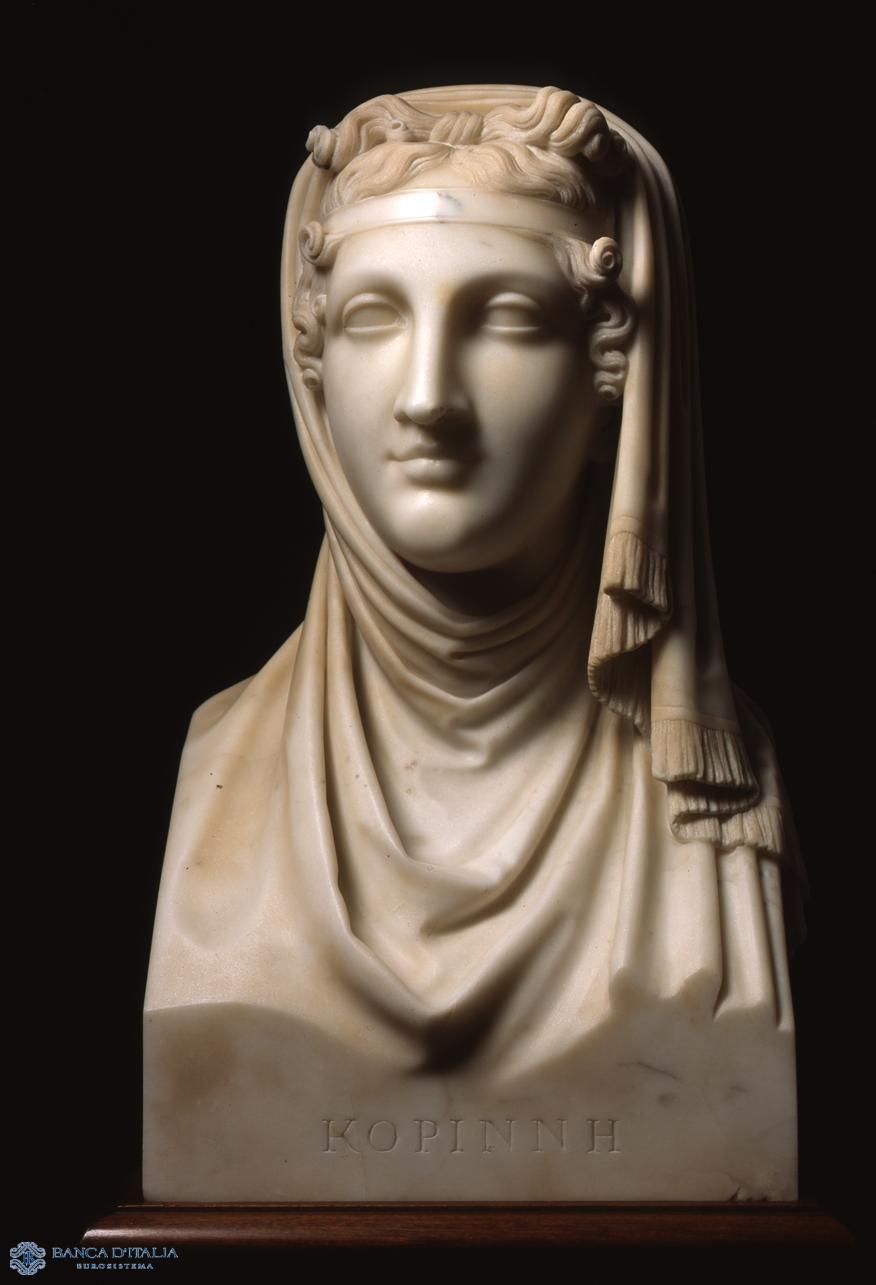
Corinne
Antonio Canova modelled the herm Corinne in 1819. At the time, having won international renown as the great Venetian exponent of the Neoclassical school, he was working on the preparatory drawings for the Temple at his birthplace of Possagno, a building in which the artist gave full expression to his original conception of the Neoclassical ideal.
Sculpture
19th century AD
Portrait
